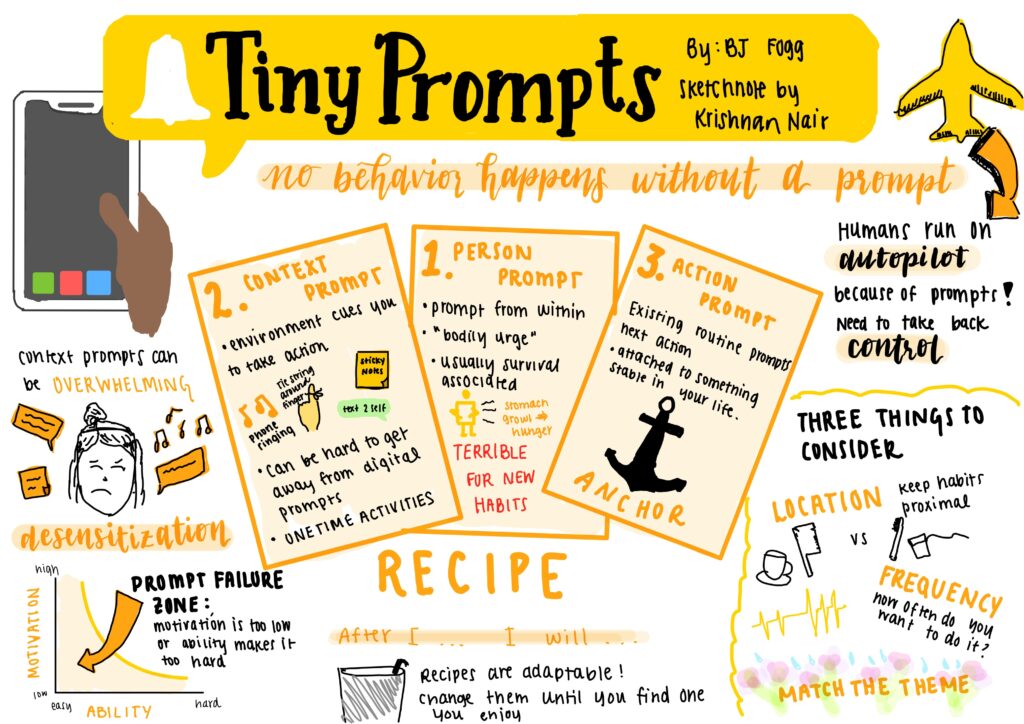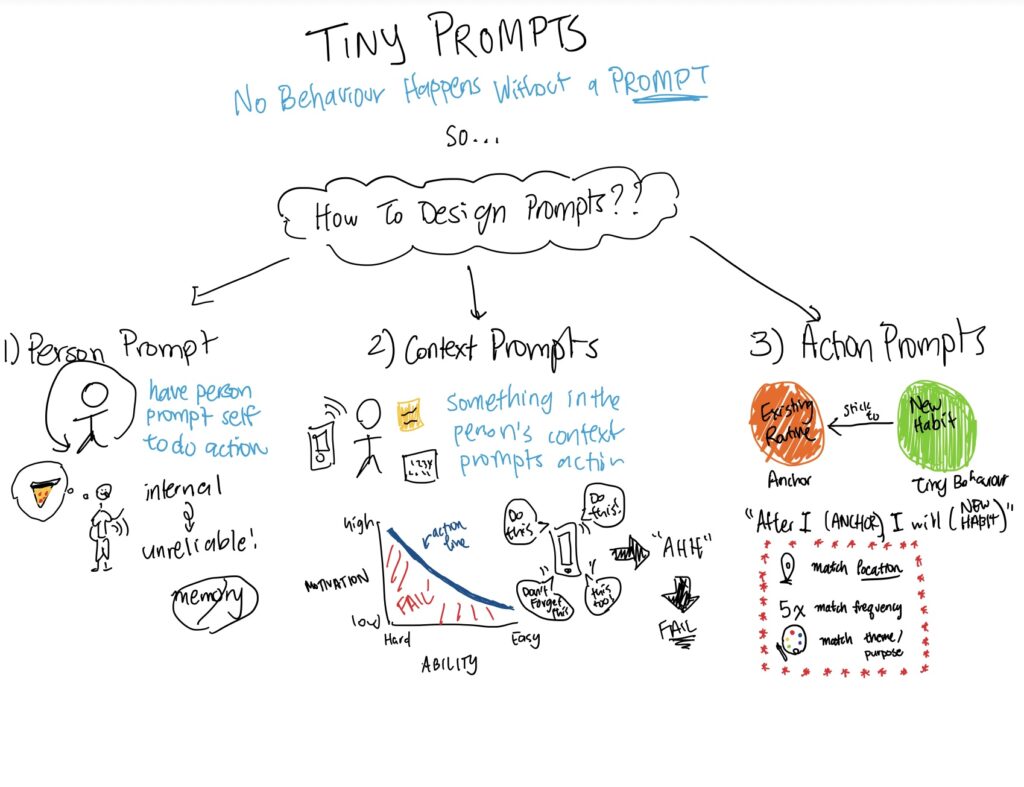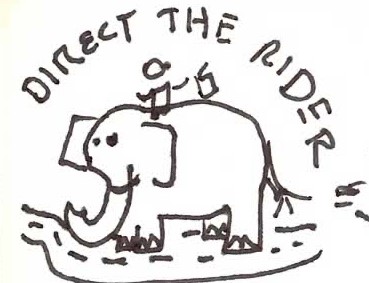I’m a SymSys coterm and was a SymSys undergrad with a concentration in HCI, so this is not the first design class that I have taken. I also took CS 247G last spring. I found 247G to be pretty different from 147 since it focused on designing games. And so, before taking this class, I thought 247B would more closely resemble 147. More specifically, I thought it would be a better version of 147. I thought that I would refine my design skills without all the busywork in 147. I think that I was pretty much right!
Overall, I really enjoyed this class. I don’t love that a design class is squeezed into 10 weeks, but I think that this class succeeds at teaching us necessary design skills while also allowing time to produce a product (or prototype) that we can be proud of. However, there are some areas that I wish we had more time learn about and explore more throughly:
First, I wish we had more time to conduct our intervention study and assumption testing. Since this class focuses on behavior change, it is pretty difficult to get an idea of how effective our product is at causing long-term change when we only have ~5 days to conduct studies. For example, my group focused on increasing time spend outdoors through daily challenges. We used photo collages that recap users’ time spent outside as intermittent rewards. Since our participants only received 1 recap collage, It is difficult to know if these collages are something that users will look forward to for long periods of time. Sadly, due to our quarter system, I don’t think that this is something that can be changed
Second, I wish we had more time to develop a mobile version of our app. I liked that CS 147 students had the option to take CS 47 concurrently so that we could develop skills needed for programming our app. I am proud of the product that we developed in 247B, and it would have been nice to develop it as well. However, I do appreciate that we spent more time learning design skills instead of dedicating the last two weeks to developing and debugging our mobile app.
Third, I wish we had more time for a Figma tutorial. Fortunately, I came into this class with some experience using Figma from internships. I assume that we are all expected to be familiar with Figma before taking this course. While I’m happy with my team’s prototype, I can’t help but think that we could have taken it to the next level with more advanced Figma skills. I loved the lecture with Deb Aoki because I learned new skills to help improve our storyboards. I would have liked something similar for Figma skills. But again, the quarter system makes this difficult.
I think that the reason I enjoyed this course so much is because of the new skills I learned. These skills include:
- Communicating findings about user experiences clearly via affinity maps, comparative research maps, journey maps, bubble maps, system paths, story boards, assumption maps, and wireflows.
- Balsamiq! I loved learning how to use this tool. I am not the best artist, so I will definitely use this tool in the future.
- How to draw storyboards (Deb Aoki lecture). Again, I am not the best artist, so I appreciated learning the basics.
- How to make style tiles. I loved the template that we were given for style tiles, and I plan to use it in the future.
- Giving and receiving constructive feedback. I think that Stanford has a very polite culture, so constructive feedback is usually avoided. I am glad that we spent some time giving each other feedback and learning how to navigate this feedback effectively.
Ethical Considerations
As my team was developing this project, I found myself thinking a lot about inclusive design. Our target audience is college students with busy schedules who want to go outside more often. Due to limitations in participant availability, we were only able to recruit individuals from this specific group for our baseline study, intervention study, and assumption testing. However, it’s not just college students who aspire to spend more time outdoors; this goal resonates with many individuals. I worry that limiting our participant pool to busy college students led to us overlooking other needs, such as those related to accessibility, financial restrictions, and more.
For our intervention study, I attempted to expand our participant pool by asking a family member to participate. This family member is on the autism spectrum, and he was kind enough to agree to participate. While he would like to go outside more often, his reasons for not doing so are not a result of a busy schedule. He has his own struggles that sometimes prevent him from achieving his goals. I recognize that our design process failed to consider individuals like him. Given the chance, I would have liked to spend more time speaking with him and others in similar situations to better understand their unique needs and experiences. Unfortunately, with the tight timeline for this project, that wasn’t really possible.
I also realize that our app does not consider individuals with accessibility needs. Our app encourages outdoor activity through daily challenges that require users to take photos outside. We learned from our intervention study that some challenges are more difficult than others. For example, we asked users to “take a photo of a bird.” One user mentioned that he spent 30 minutes walking around campus before he could find a bird. Not every user can do this. In the future, I would like to see our app consider accessibility needs and offer personalized challenges that cater to those needs. Furthermore, our app’s emphasis on taking photos excludes individuals with visual impairments and overlooks their needs. In order to be more inclusive, I would like our app to offer different media formats, particularly audio-based options.
Next time I work on a similar project, I will be sure to include participants beyond Stanford students so that I can create a product that a wider range of people can enjoy. I think that speaking with my family member and our ethics discussions in class have changed the way I think about designing a product. I think that we tend to focus on reaching as many people as possible, so we often design for the “typical” user (whatever that means). But really, we just end up designing for people like ourselves. I appreciate that this class focused on ethics. I feel that in the real world, we tend to prioritize profits over people, and so I am happy to see a Stanford design class emphasize the opposite.
Thanks for a great quarter! 🙂



